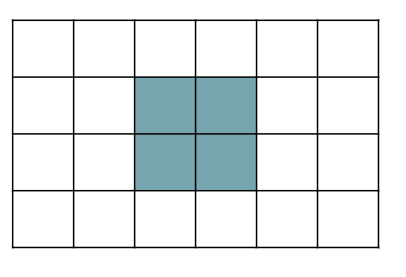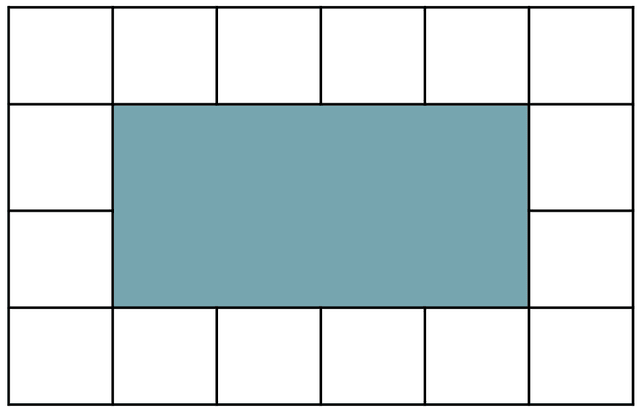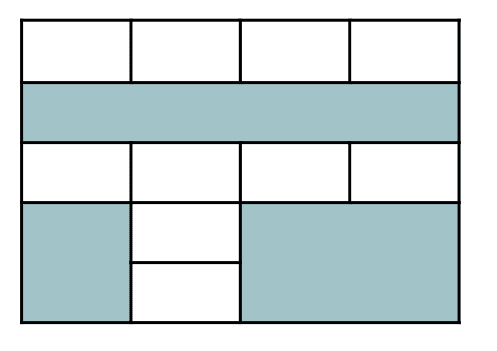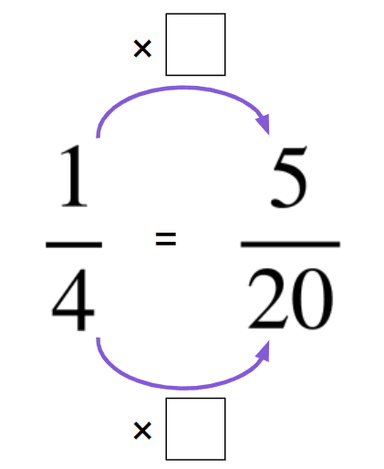Myths about teaching can hold you back
Learn why
New
New
Lesson 5 of 10
- Year 6
Explain how to add related unit fractions without a representation or image
I can explain how to add related unit fractions with and without a representation or image.
Lesson 5 of 10
New
New
- Year 6
Explain how to add related unit fractions without a representation or image
I can explain how to add related unit fractions with and without a representation or image.
These resources were made for remote use during the pandemic, not classroom teaching.
Switch to our new teaching resources now - designed by teachers and leading subject experts, and tested in classrooms.
Lesson details
Assessment exit quiz
Download quiz pdf







